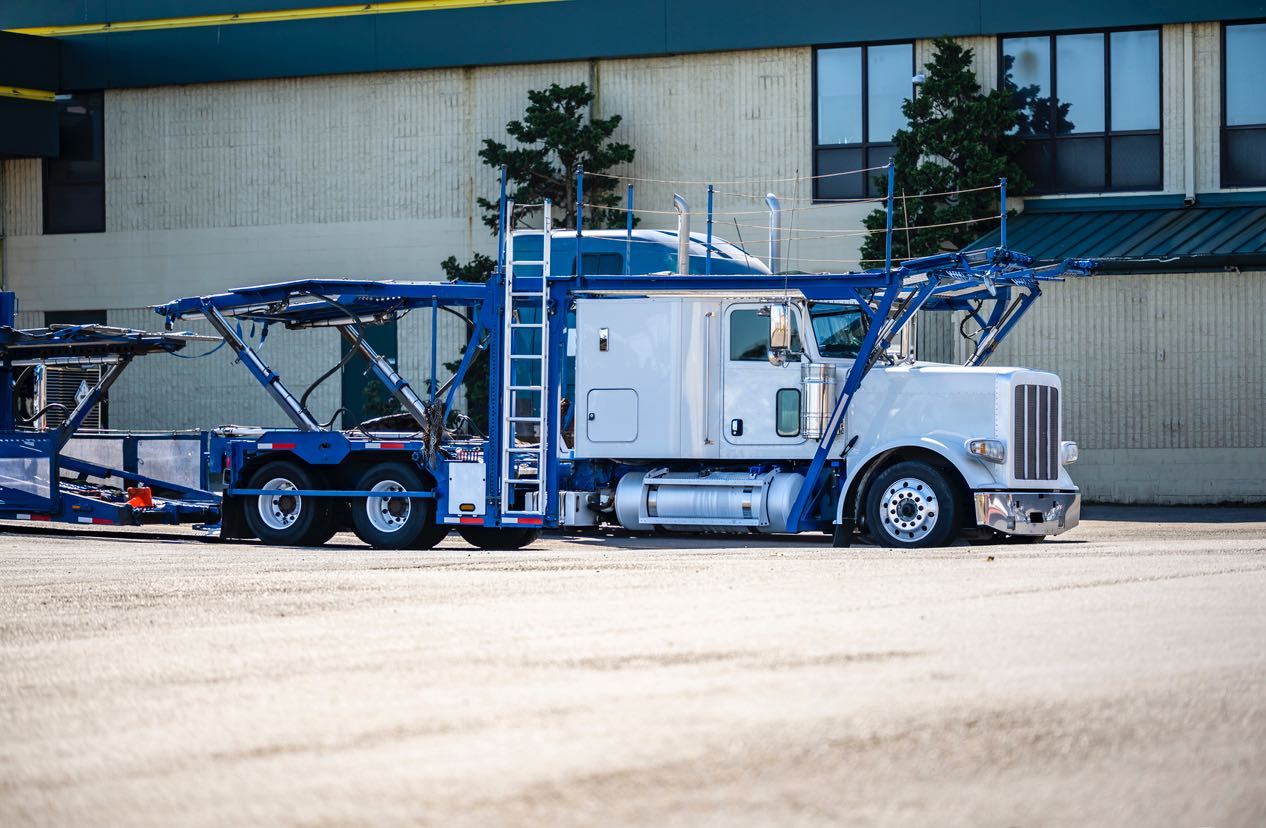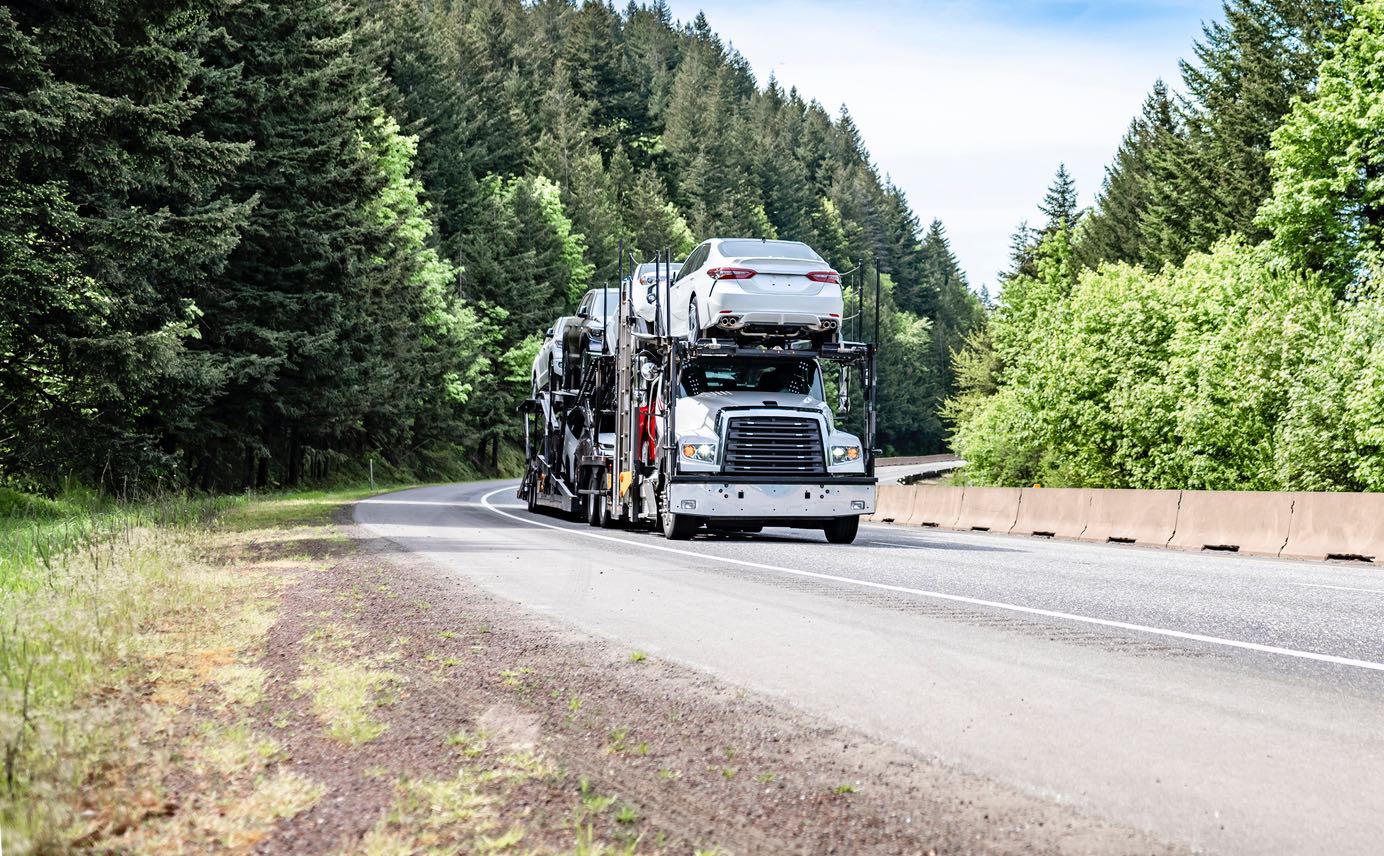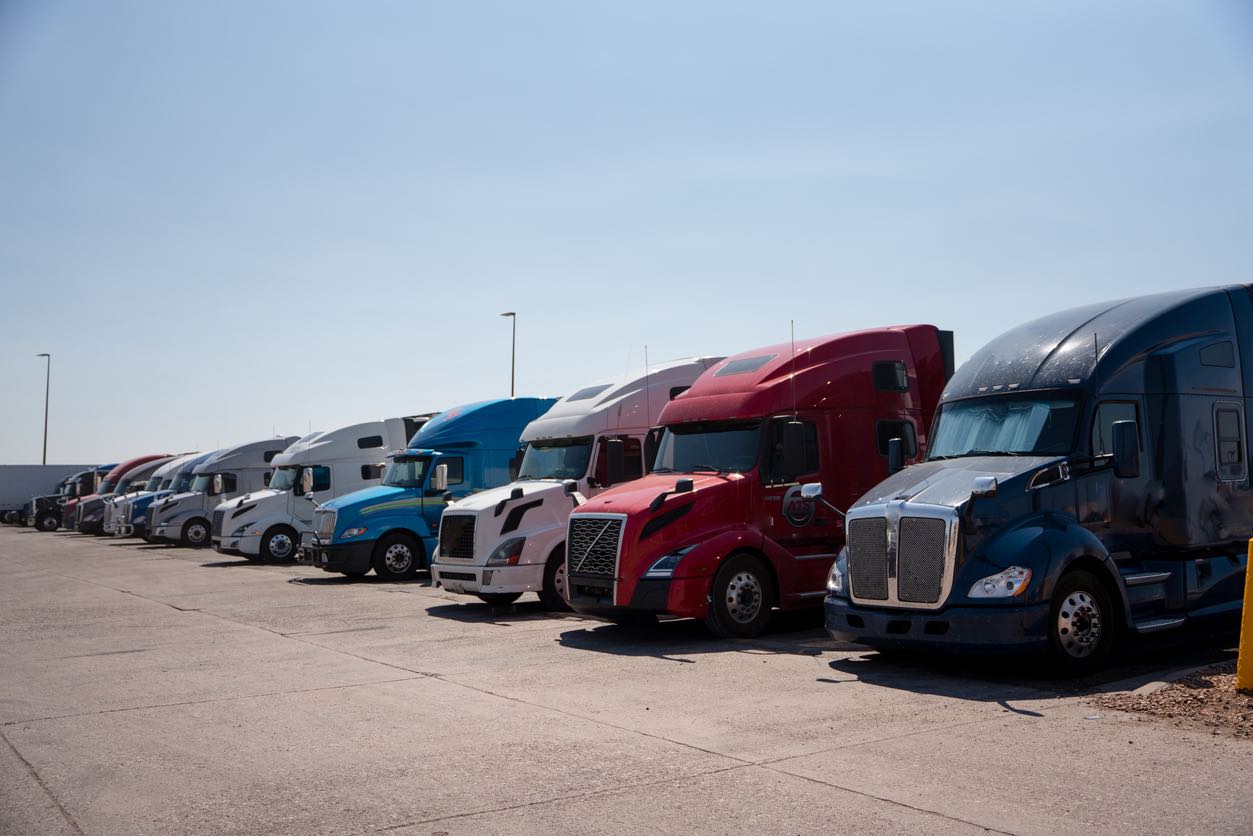The U.S. shipping industry is at a critical crossroads as the effects of climate change become more pronounced. Not only are rising sea levels, extreme weather, and erratic rivers environmental issues, but they also pose a direct danger to this industry’s profitability. The Mississippi River, a crucial conduit for American trade, has already been affected. Its erratic water levels have resulted in expensive delays and rerouting. In the meantime, the Panama Canal, another vital route for international trade, is dealing with issues brought on by climate change, which has an impact on the entire logistical network. These are not isolated events; rather, they are signs of a larger, systemic disruption that calls for a swift and calculated reaction to stop financial losses that may, in a matter of decades, amount to $10 billion yearly.
The resiliency of the industry is being put to the test like never before as the weight of this ecological load makes traditional routes and methods unworkable. Companies are being forced to completely reevaluate their processes in an effort to maintain continuity. Dredging and infrastructural resilience investments are surging because they are viewed as necessary survival strategies rather not as discretionary expenses. The waters that support high-seas trade are rewriting its history, imposing new definitions that call for creative thinking in ship design, route planning, and even the basic economics of shipping. This financial whirlwind is no longer a speculative event; rather, it is a developing chapter in the history of maritime trade that has the potential to completely alter the shipping industry’s definition of sustainability and profitability.

Navigating Financial Currents
The Mississippi River, which was once a vital channel for American trade, is now a symbol of the vulnerability of commerce is to climate change. Because of the severe drought, its depths have decreased, making passage very risky for cargo ships. The United States Army Corps of Engineers has begun massive dredging operations close to Vicksburg, Mississippi, in response to this rapidly worsening situation. These drastic actions highlight a sobering fact: the instability of the climate is no longer a far-off threat but rather a disruptor that occurs now and necessitates costly interventions.
The cost of dredging increases with each scoop of silt since it is a costly band-aid fix rather than a permanent solution. The economic toll of these activities is enormous, affecting not just the maritime sector but also the agriculture business, whose transportation of commodities depends on the river. The cost of maintaining river traffic rises in response to the instability of water levels, making long-term, creative solutions to strengthen this vital infrastructure against the changing conditions of climate change imperative. The fight to keep the Mississippi navigable serves as a stark reminder that, in light of these new environmental issues, continuing with business as usual is no longer sustainable.

Riding the Waves of Climatic Turbulence
In the marine sector, where calm waters are considered normal operations, the recent disruption caused by climate change has emerged as the new storm for maritime trade. This alarming trend has been noticed by Narin Phol, the North American President of Maersk, a major player in the shipping business. The surge of climate-related issues—sweltering heatwaves, unheard-of floods, and stronger storms—threatens to cause havoc with the delicate balance of global logistics in a real and urgent way. The industry must prepare for a future where these interruptions may become the rule rather than the exception as a result of the evident economic strain caused by the increasing frequency of these incidents.
These anomalies caused by the climate have far-reaching effects. The rising frequency and intensity of unfavorable weather occurrences are not just annoyances for an industry that facilitates 90% of global trade, but also significant obstacles to operational effectiveness and financial stability. Supply chains are becoming more susceptible due to their interconnectedness, which made them appear impervious at first. Now that the clear skies of regular shipping channels and timetables are obscured by unpredictability, the survival and growth of shipping companies throughout the world depend heavily on their ability to control these turbulent aspects.

The Billion-Dollar Surge of Climate Costs
The Environmental Defense Fund has confirmed RTI International’s frightening prediction, which paints a picture of a future in which the shipping industry would have to weather a financial storm caused by climate change. The industry may be losing up to $10 billion a year by 2050; this is a startling statistic that might become much higher if preventive actions are not taken. This enormous amount includes the costs of business disruptions, infrastructure damage, and ongoing technology improvements to counteract more extreme weather patterns. Since ports and shipping lanes are essential to international trade, their interruptions will inevitably have an impact on supply chains and economies all around the world.
Beyond the immediate expenditures, there are significant economic ramifications that include rising insurance premiums, emergency response costs, and the possibility of missed income during the recovery phase after extreme weather events. As sea levels rise and storms gather strength, the potential danger of critical cargo routes becoming impassable is no longer an impending threat but an imminent reality. This highlights a critical juncture for the industry: it is now commercially critical rather than optional to invest in robust infrastructure and sophisticated navigational capabilities. The maritime industry is clearly in need of action; it has to strengthen its defenses against the increasing effects of climate change or risk being capsized by its economic fallout.

Pioneering Sustainable Seafaring
Maersk’s experimentation with methanol-powered containerships represents a significant shift in the direction of environmentally friendly navigation and is both ambitious and necessary in the maritime sector’s pursuit of sustainability. These ships, powered by more environmentally friendly fuels, are leading the transition and are expected to drastically cut carbon emissions. However, there are still several obstacles in the way. Although methanol burns cleaner than traditional fuels, it is not yet generally available, and its manufacturing and operating costs are still higher. This groundbreaking initiative by Maersk is not just about implementing cutting-edge technologies; it’s an aggressive declaration of intent, signaling that they are prepared to make investments in a future where ocean giants navigate carefully on our fragile marine ecosystems.
The urgency of action expressed in the words of Wartsila CEO Hakan Agnevall is echoed in the discourse around green marine technology. Although cleaner fuel technology is developing quickly, the maritime industry is at a turning point when innovation has to be matched by investments in green energy and infrastructure. Agnevall emphasizes that the development of a strong ecosystem for the production of green fuel will drive the business away from its carbon-intensive past; green ships by themselves will not anchor the company’s environmental obligations. The maritime industry has to cut through the current challenges and embrace green innovation by harnessing the winds of sustainability and technology.

Harnessing AI for Oceanic Adaptation
With digital innovation serving as its compass, the shipping industry is charting a new route as the effects of climate change become more pronounced. Companies like Maersk are not only revamping ships for efficiency, but they are also reinventing their approach to voyage management in response to the projected $10 billion yearly burden that they may face by 2050. The incorporation of advanced weather monitoring equipment represents a significant advancement, altering the way in which ships interpret and react to the unpredictable tides. This proactive adaptation redefines marine navigation in the face of previously unheard-of environmental difficulties, going beyond simple resistance.
Leading marine technology company Wärtsilä demonstrates this change by integrating artificial intelligence into maritime operations. AI provides a predictive edge by comparing enormous volumes of climatic data with existing logistical constraints, transforming possible disruptions into manageable hurdles. Such technology advancements have thrown digital lifelines that are more than just band-aids; they are essential tools that are guiding international trade toward a more secure, effective, and sustainable path. The industry’s sustainability as it enters a period of climate unpredictability depends on its ability to fully utilize the revolutionary potential of digital technologies and the predictive insights they offer.

The financial and operational implications of climate change for the U.S. shipping industry are becoming increasingly evident as its shadow casts itself over the globe. Expert predictions indicate that the sector would suffer startling $10 billion in losses annually by 2050, making it extremely difficult to reroute its trajectory in the direction of resilience and sustainability. The integration of cutting-edge digital technologies, ship design revolutions, and robust infrastructure have all accelerated because to this impending threat. Businesses are actively reinventing their strategy to avert the systemic shock waves brought on by harsh weather, shifting trade patterns, and rising sea levels rather than passively face the tide.
Not only is quick decision-making essential for the industry’s financial sustainability, but it’s also a critical chance to showcase innovation and environmental responsibility. In order to ensure that the U.S. shipping industry not only survives the climate crisis but also sets a global standard for maritime trade in the twenty-first century, investments in green technologies, such as low-emission ships, and the pursuit of AI for logistical optimization are not just prudent steps, but rather giant strides. The way the industry responds to these difficulties will either confirm its standing as a cornerstone of international trade or serve as a warning to the dangers of doing nothing when faced with environmental upheaval.

The modern maritime environment, characterized by changes brought on by climate change and technological advancement, need not just adaptability but also visionary leadership. Ship A Car, Inc. embodies this philosophy by using cutting-edge technologies to transform the freight and vehicle shipping industry. Their strong nationwide network, which exclusively consists of the most dependable licensed and insured carriers, is the foundation of their business. This network has a history of unshakeable dependability and first-rate service, strengthened by more than 10 years of industry experience. The company’s ability to adapt quickly to the changing needs of the market and make sure that customer satisfaction is a constant guarantee rather than just a promise is what makes it successful.
Ship A Car, Inc. is a beacon of innovation and an advocate of quality at a time when every logistical choice matters. They don’t just react to problems; they foresee them and provide their vast clientele with the resources and assistance they need to deal with the intricacies of contemporary transportation. Their operating approach, which places a high value on efficiency and environmental responsibility, as well as their choice of carriers both demonstrate their strong dedication to sustainability. Ship A Car, Inc. redefines expectations through a smooth integration of human knowledge and cutting-edge technology, giving shippers peace of mind in a volatile industry.
FAQs about Shipping Industry and Climate Change
Q1: How does climate change specifically affect the shipping industry within the United States?
A1: The United States shipping industry is negatively impacted by climate change because it increases the risk of interruptions such as severe droughts that lower river water levels, the increasing frequency of extreme weather events, and infrastructure damage, all of which can lead to considerable financial losses.
Q2: What measures are shipping companies taking to adapt to climate-related challenges?
A2: In response to the rising climatic unpredictability, shipping companies are adjusting by reengineering their vessels to be more resilient, strengthening their weather-monitoring systems, and applying artificial intelligence to improve their logistics management and routing.
Q3: Why is green fuel important for the shipping industry, and what are the challenges associated with it?
A3: Green fuel has lower carbon emissions than traditional gasoline, which helps maritime industries contribute to the fight against climate change. The high cost of producing green energy, its restricted availability, and the requirement for large investment are all challenges that must be overcome.




